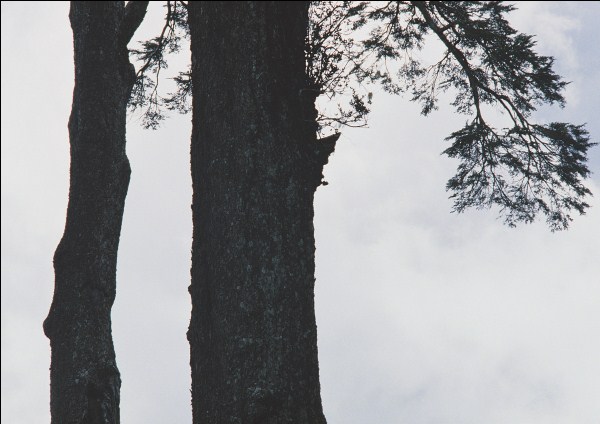Dear Integral Meditators,
The new year beckons, and this is the new year edition of the Integral Meditations newsletter!
The new year beckons, and this is the new year edition of the Integral Meditations newsletter!
2012 has certainly been a deeply transformative year for me, and looking forward to 2013 the promise does seem to be that this will continue. When thinking about the qualities that I would most like to have, and I would most wish for you the readers, I came up with engaged equanimity. Whatever the specifics of 2013, the likelihood remains that life will continue to throw its mixture of blessings and curve balls at us, and the ability to keep caring deeply, whilst remaining strong and stable are qualities that remain always valuable and useful.
Wishing you happiness, growth, insight and love for 2013!
Toby

Engaged Equanimity
To practice engaged equanimity is to attempt to combine the qualities of even-mindedness and inner stability with the qualities of deep caring and a commitment to engage in life fully and passionately without holding back.
A dualistic approach to life often sees equanimity and caring as mutually exclusive, or even opposed to each other. If we are practising equanimity and even-mindedness it seems to imply that we have to be detached and un-involved. If we are practising deep caring it seems to imply that we are committed to a roller coaster emotional ride where our peace of mind and equanimity are largely sacrificed.
A commitment to regular, balanced meditation practice should gradually and naturally give rise to the ability to practice engaged equanimity. As we progress in our practice we discover that it is possible to be fully committed to our life and experiencing intense emotion, whilst at the same time experiencing a part of our mind and awareness that remains relaxed, an observer and witness to what is occurring, abiding in a state of even mindedness and equanimity.
What I want to outline in the remainder of this article is four simple practices that can be put together in order to consistently develop the practice off engaged equanimity. The first three focus on the development of equanimity, the final one focuses on engaging care.
The instructions are deliberately minimal, allowing enough detail for you to experiment and explore them in your own personal experience.
1. Allowing pain and anxiety, happiness and joy to flow through you.
Observe the feelings, emotions and experiences that you normally cling to, whether it be pleasant or unpleasant. Consciously relax your heart space/central chest area and allow your moment to moment experiences of pleasure and pain to flow through you, like a broad river flowing in and flowing out of your awareness. As you breathe in feel these feelings flowing into you, as you breathe out feel them flowing through you, let them go without holding onto them.
2. Make friends with impermanence
Be aware that everything that you are experiencing right now will change and is changing. As with practice 1, be aware of this with both the good and bad in your life. Whatever you wish to remain in your life, and that which you wish was already gone is changing, even in this moment. As you practice awareness of change and impermanence, smile at it, make it a friend and not an enemy in your life.
3. Drop your self
Spend periods of time where you deliberately forget who you are, what you do, what your life history is. Practice experiencing that which is in your outer and inner awareness without your “self” as the centre of the experience. Cultivate the recognition that life works in many ways perfectly well, and sometimes even better when an intense and central experience of “I” is taken out of the equation.
4. Commit to caring
Based upon the above three practices for developing equanimity and even mindedness, the fourth practice is then simply to commit to caring in your life and making a difference in the world in whatever engaged way you feel guided and are capable. With equanimity and even-mindedness as your underlying basis, choose to participate and get your hands a little dirty, choose to be (appropriately) vulnerable and fully alive. Of course this involves risk, and maybe (probably) getting hurt and burned on occasions, but with equanimity as the underlying basis we discover, sometimes to our surprise, that we can take it, and that it is worth it.
© Toby Ouvry 2012/2013, you are welcome to use or share this article, but please cite Toby as the source and include reference to his website www.tobyouvry.com
 Mindful Eating As Your Object of Meditation
Mindful Eating As Your Object of Meditation Energetic Self-Healing
Energetic Self-Healing Taking Light-Heartedness as Your Object of Meditation
Taking Light-Heartedness as Your Object of Meditation